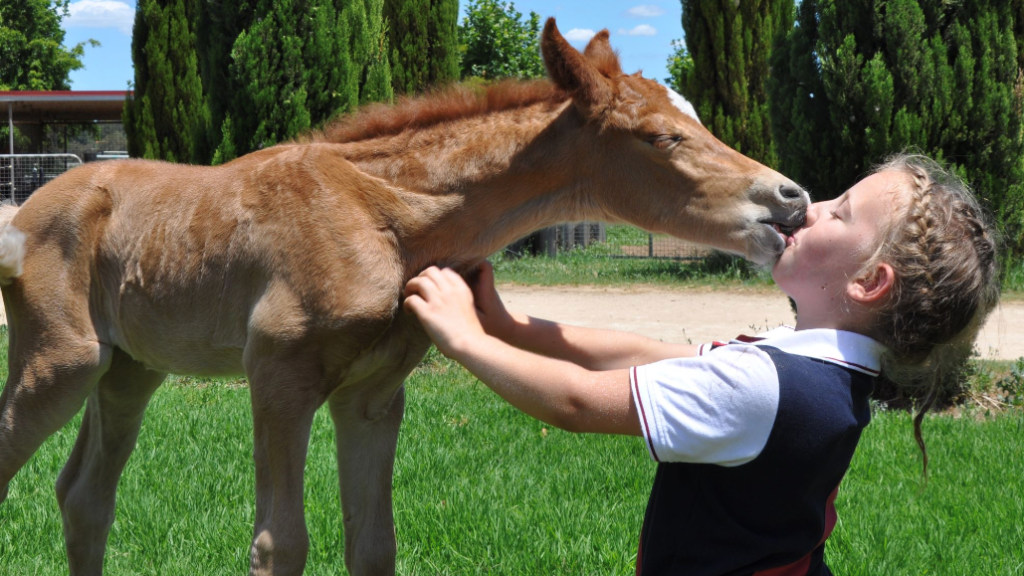Contact Us
(08) 9296 6666 (office hours & after-hours emergency)
admin@belvoirequinehospital.com.au
Lot 158 West Swan Rd, Belhus, WA 6069
Image credit Eric Lloyd photography.
Foaling is an exciting and stressful time for mare owners. On one hand, you eagerly await your new foal and, on the other, you worry about the myriad of problems that can occur. In this article, we outline what’s normal and what’s not so you’re best prepared.
Knowing exactly when your mare will foal can be difficult as not all mares show the common signs. However, when a problem occurs during foaling, you only have a short time to act. It’s imperative you know when something isn’t quite right, as that’s the time to call your veterinarian.
Before we delve into what might go wrong, let’s discuss a normal foaling.
Signs of foaling:
- Your mare will bag-up (this is when her bag becomes engorged with milk).
- Wax on teats / running milk.
- Softening of the ligaments over the rump.
- Lengthening of the vulva. Check your mare does not have a caslick, if she does it will need to be undone.
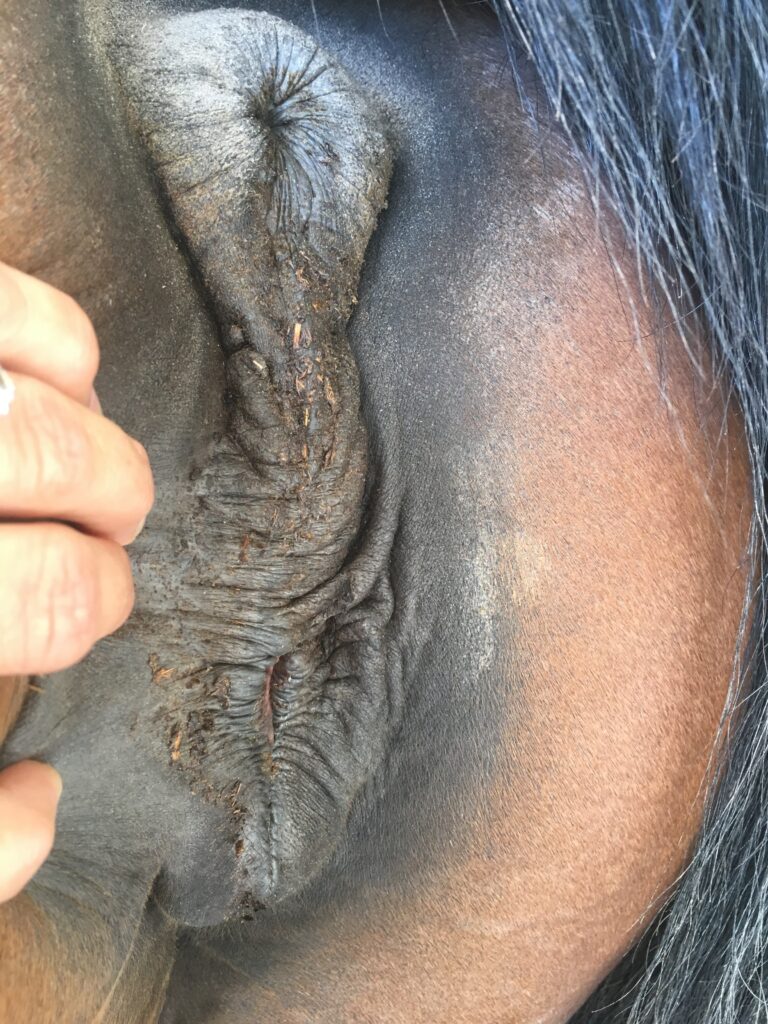
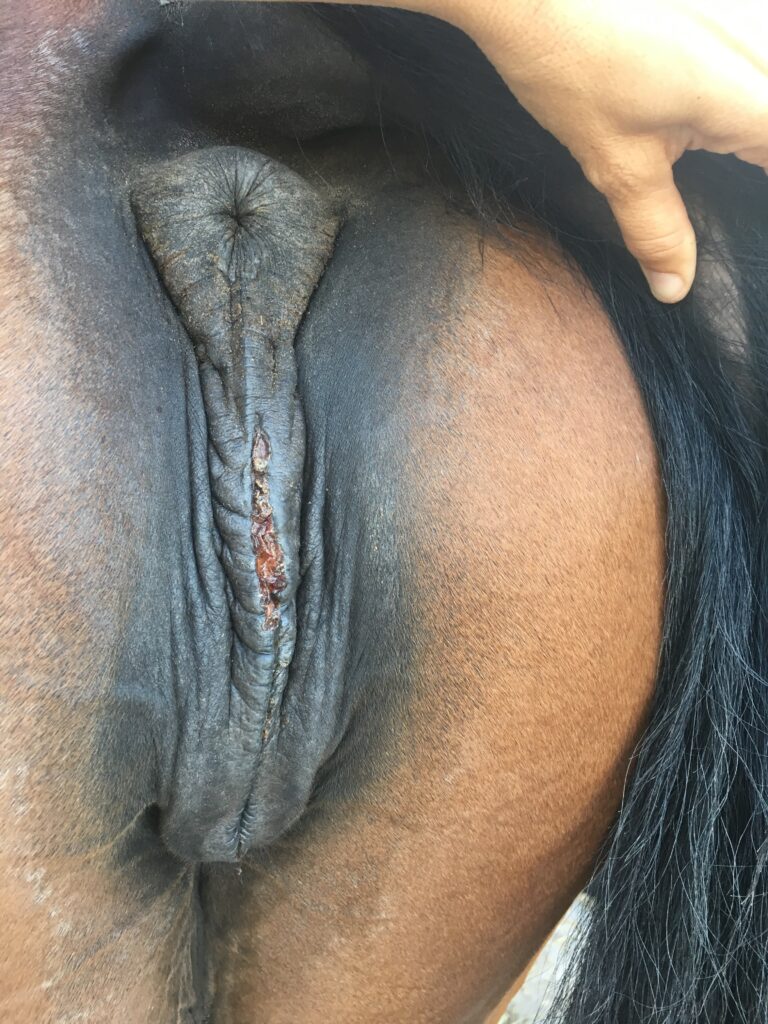
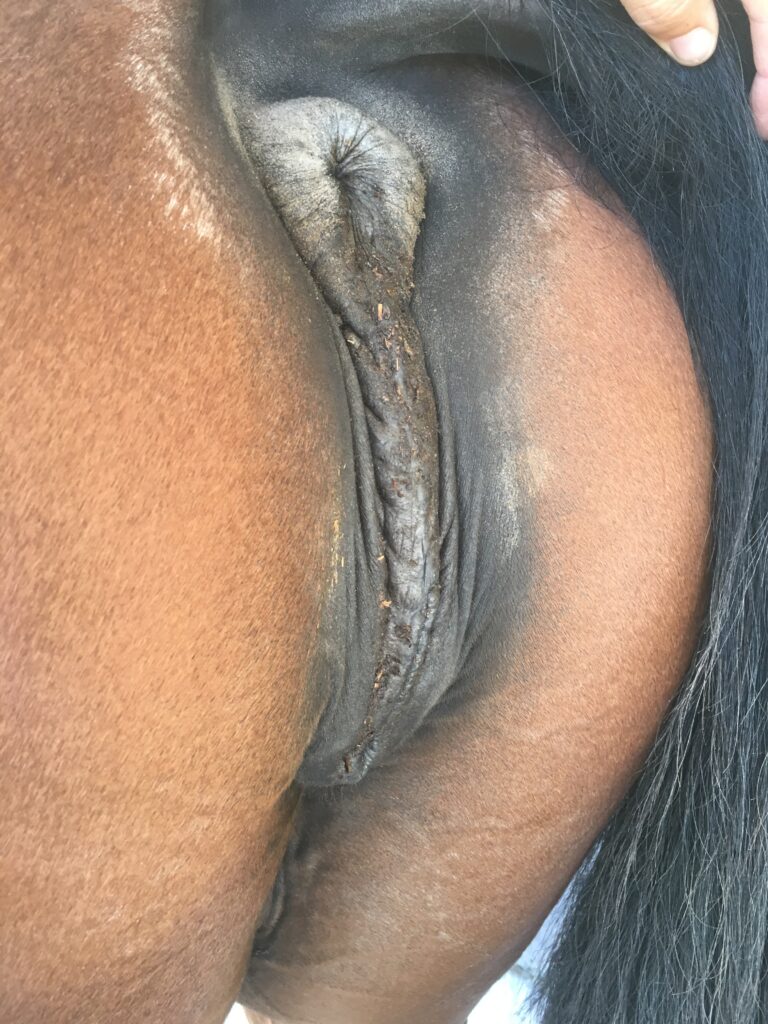
There are three normal foaling stages:
- Stage one is normally the longest and may take 1-4 hours. Your mare will be restless, which can be mistaken for colic. If this behaviour continues for more than 4 hours, call your vet.
- Stage two normally takes a period of 15-20 minutes. During this process the waters will break and uterine contractions will begin and your mare will most likely lie down if she hasn’t already. The foal’s front hoof will emerge, followed by another front hoof, then the nose.
- Stage three is when the mare expels the placenta, usually 1-3 hours post-foaling. When this occurs, check to ensure the placenta is intact. There should be 1 hole and no signs of tearing.
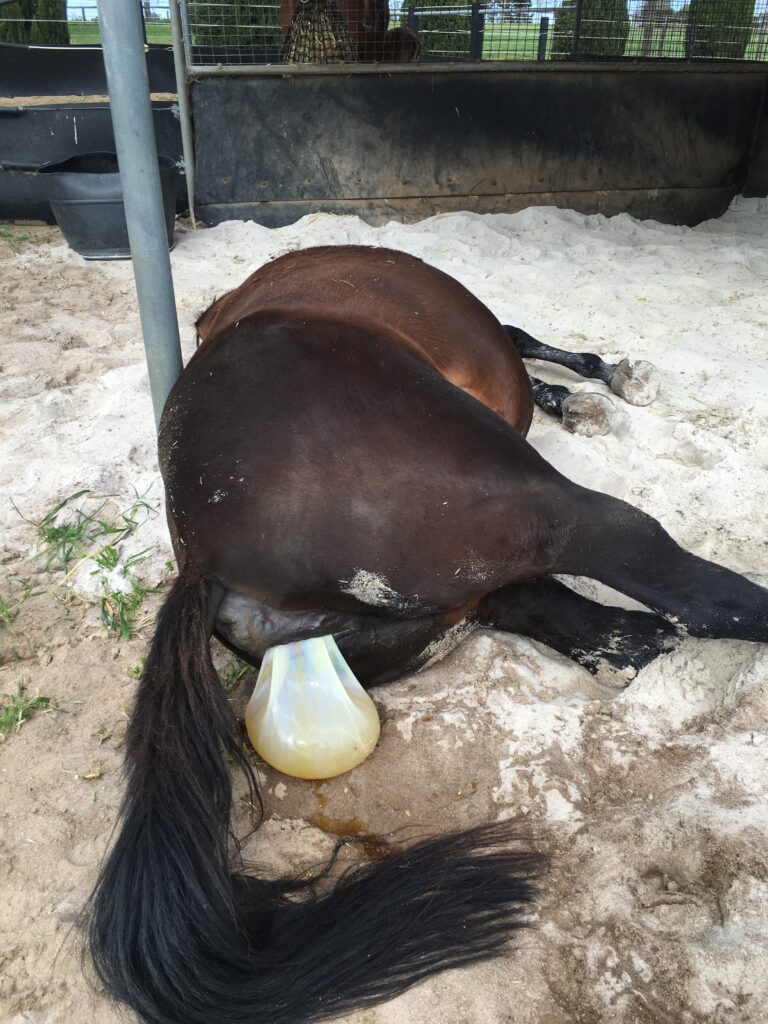
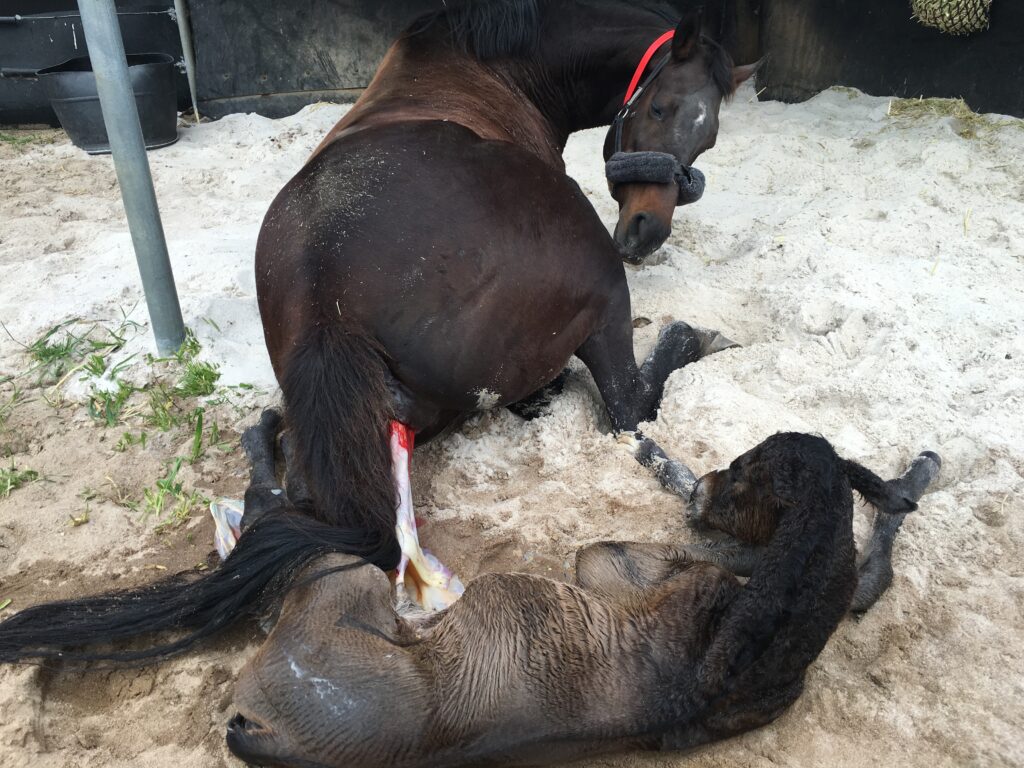
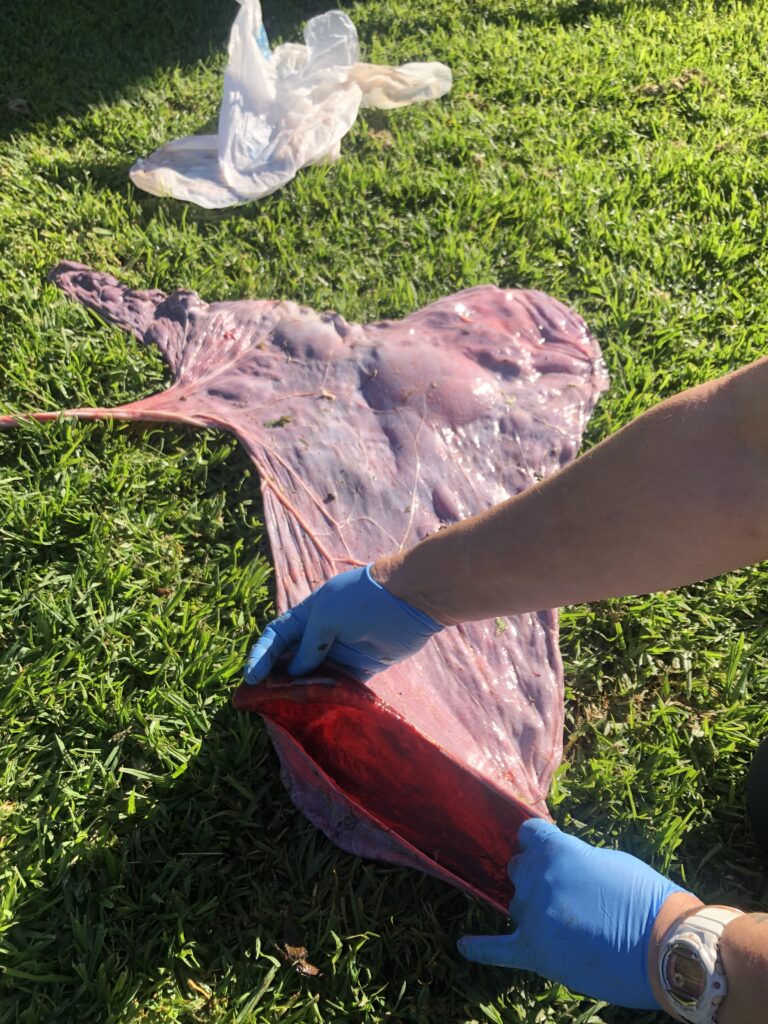
There are a number of problems that can occur during and post-foaling that you should be aware of well ahead of your mare’s expected due date. During delivery, the most common problems are:
- A red bag situation where the placenta appears before the foal
- Only one hoof appears, but no other hoof or nose of the foal
- The nose of the foal appears first
- The hoof appears, but it’s upside down
- The water breaks, with no sign of the foal within 20 minutes
- The mare is delivering, but has stopped for more than 10 minutes
- The foal is delivered sitting in a dog-like position
Following delivery, the most common problems are:
- Your mare colics
- Your mare is refusing to let her foal drink
- The foal has not stood within 3 hours
- The foal has not consumed milk within 4 hours
To reduce the stress of foaling, you may opt to foal down at a veterinary hospital, such as ours. Having the support of a veterinary team on hand can give you peace of mind, knowing your mare and foal will receive immediate care if things don’t go as planned.
Foaling the mare_2021 Download
Is your mare due to foal? We offer 24/7 foaling down services at our purpose-built hospital.
